Best User Story Mapping Tools to Improve Agile Planning and Collaboration
In agile planning and teamwork, effective product development hinges on organization and communication. User story mapping provides teams with a powerful method for visualizing and structuring product backlogs, ensuring a shared vision and cohesive collaboration. This strategic tool enhances communication, fosters shared understanding, and accelerates development processes. With numerous user story mapping tools available, selecting the right one can be challenging. This article explores the best tools for simplifying agile planning, addressing diverse team needs and project complexities. By utilizing these tools, teams can streamline planning processes and deliver value more efficiently.
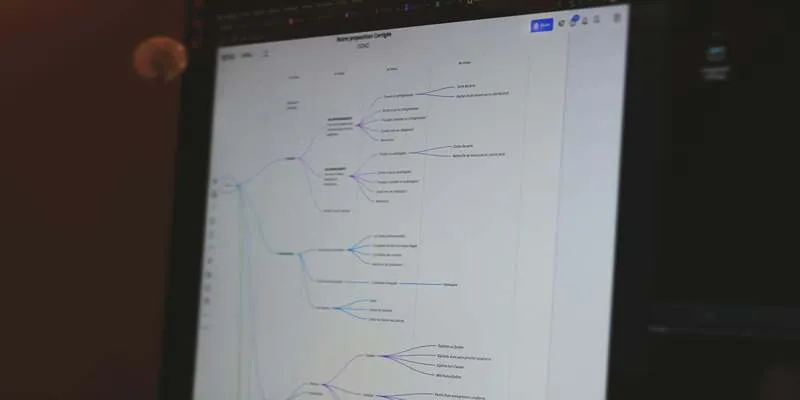
Leading User Story Mapping Tools for Agile Teams
Miro – Collaborative Visual Planning
Miro is a globally used online whiteboarding platform that facilitates real- time collaboration for teams. Its user story mapping template enables teams to map user journeys, prioritize user stories, and plan sprints effectively. Miro’s intuitive interface and drag-and-drop features make it accessible for teams of any size. The tool integrates seamlessly with other platforms like Jira and Slack, ensuring workflow continuity. Miro is a flexible, user- friendly tool, ideal for agile teams aiming to enhance their planning processes.
Mural – Interactive and Engaging Workshops
Mural offers a digital space for collaborative visualization, perfect for agile methodologies through its interactive capabilities. Teams can utilize sticky notes, shapes, and connectors to develop dynamic user story maps that facilitate discussions and planning meetings. Mural’s features, like timers and voting, boost engagement in workshops. Integration with platforms such as Microsoft Teams and Slack ensures smooth communication. Mural is an excellent choice for teams looking to improve their agile planning practices.
CardBoard – Simplified Story Mapping
CardBoard is a straightforward tool for agile teams to map user stories. It allows users to create digital story maps using a drag-and-drop method, making task organization and prioritization convenient. Integration with project trackers ensures that mapped stories align with ongoing work. CardBoard’s simplicity and core story mapping capabilities make it highly recommended for teams seeking an easy solution without unnecessary complexity. Its user- friendly features promote efficient planning and collaboration.
Story Map Software for Enhanced Agile Planning
Visual Paradigm – Comprehensive Mapping Capabilities
Visual Paradigm offers a robust story mapping tool that visualizes key story map elements: user activity, user task, epic, and user story. It supports 3- or 4-level maps, accommodating complex backlogs. With drag-and-drop functionalities and customizable templates, Visual Paradigm integrates with tools like Jira. Its detailed mapping capabilities enable teams to plan and manage agile projects effectively, making it suitable for teams handling complex development processes.
Easy Agile – Seamless Jira Integration
Easy Agile provides a suite of tools designed to enhance agile planning within Jira. Its user story mapping tool integrates directly with Jira, allowing teams to map user journeys and align them with Jira issues. Features include real-time collaboration, drag-and-drop functionality, and visual task prioritization. Easy Agile’s seamless Jira integration ensures teams maintain a single source of truth for project data, streamlining the planning process for teams already using Jira.
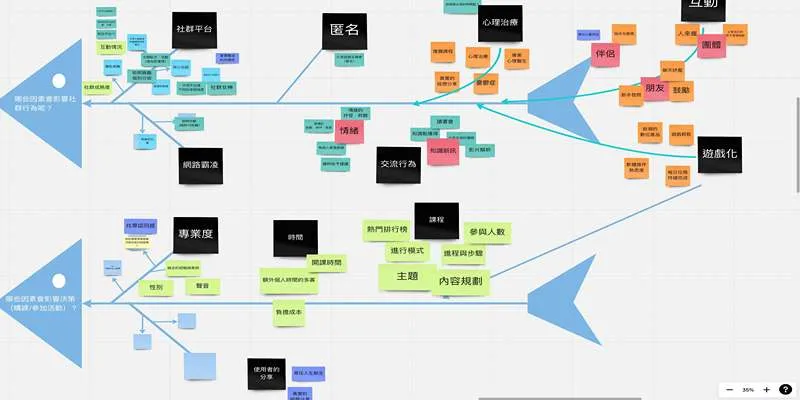
StoriesOnBoard – Visual Backlog Management
StoriesOnBoard offers a visual backlog management tool that helps teams organize and prioritize user stories. Its user story mapping feature allows teams to create visual representations of product backlogs, enhancing understanding and communication. Integration with Jira and Trello ensures mapped stories synchronize with project management tools. StoriesOnBoard’s focus on visual organization aids teams in refining their agile planning processes, with a user-friendly interface that promotes efficient collaboration.
Choosing the Right User Story Mapping Tool
Assessing Team Needs and Project Complexity
Evaluating your team’s specific needs and the complexity of typical projects is crucial when choosing a user story mapping tool. Consider team size, collaboration style (co-located or remote), and project scope. Elaborate projects often require tools with layered views and advanced backlog management features. Miro and Mural are ideal for interactive brainstorming and visual collaboration, especially for distributed teams. Conversely, teams engaged in large-scale agile development may prefer Visual Paradigm and Easy Agile for their structured workflows and rich story hierarchy options.
Integration with Existing Tools
Compatibility with your current project management ecosystem is vital when selecting a user story mapping tool. A platform that integrates seamlessly with tools like Jira, Trello, Asana, or Slack ensures smooth transitions from planning to execution, avoiding duplication of effort. Proper integration allows user stories to seamlessly feed into sprint boards and team communications without manual entry. Easy Agile’s native Jira integration is a standout feature, enabling teams to map, update, and manage stories within their existing environment. Before committing to a tool, verify its integration capabilities and synchronization reliability to ensure it complements your established workflow.
Budget and Scalability Considerations
Consider the cost of the user story mapping tool and its scalability to accommodate future growth. Some tools offer basic features for free, while others provide advanced functionalities at a premium. Evaluate your team’s budget and the potential need for additional features as projects evolve. Tools like Miro and Mural offer scalable plans to suit various team sizes and project complexities, ensuring long-term usability.
Conclusion
Choosing the right user story mapping tool is essential for enhancing agile planning and collaboration. Tools like Miro, Mural, and CardBoard offer diverse features catering to different team needs and project complexities. By assessing your team’s requirements, ensuring integration with existing tools, and considering budget and scalability, you can select a tool that aligns with your agile practices. Implementing the right user story mapping software can streamline planning processes, improve communication, and ultimately lead to more successful product development outcomes.
Related Articles
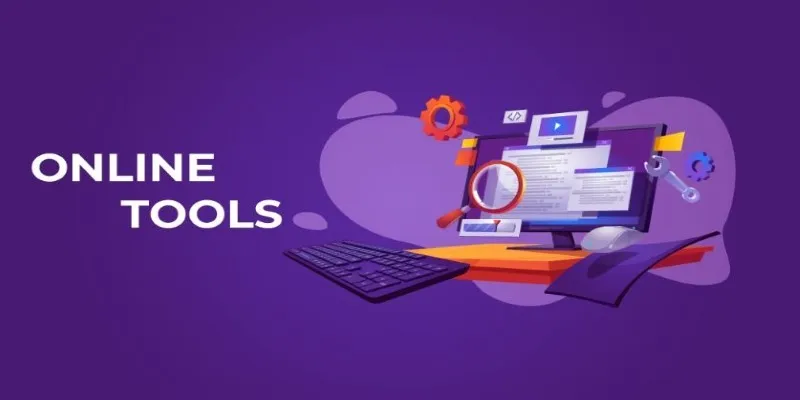
The Power of Online Tools: Definition, Purpose, and Impact

20+ Best Digital Marketing Tools
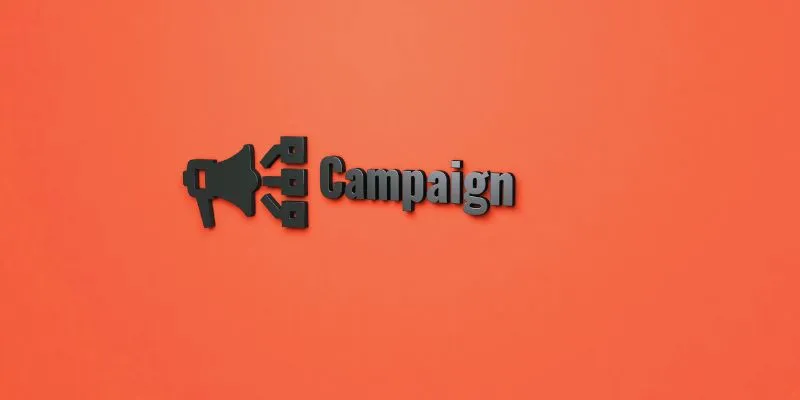
The 13 Best Campaign Management Software Tools to Streamline Your Marketing
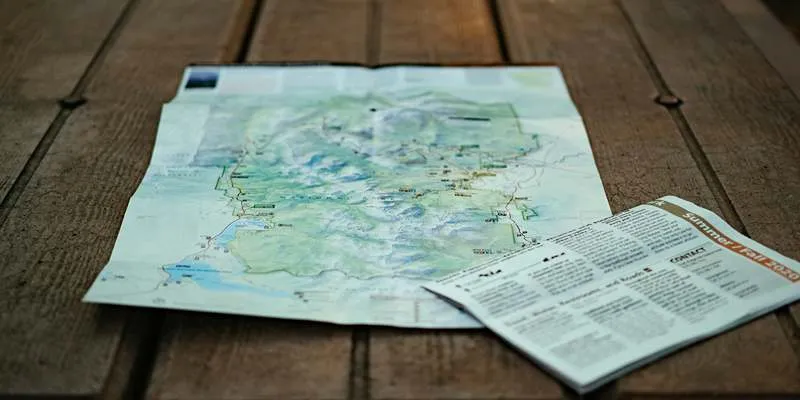
RPG Map Creation Tools for Fantasy Storybuilding

Best Software Download Sites You Can Trust in 2025

Discover the Best Free and Paid 3D Video Makers for Windows

Revolutionize Your SEO Strategy with the 9 Best Audit Tools in 2025

The Best Flowchart Software and Diagram Tools in 2025: A Comprehensive Guide

Top 7 Background Removal Tools for Clean E-Signatures

Top 7 UI/UX Design Tools Every Designer Should Know
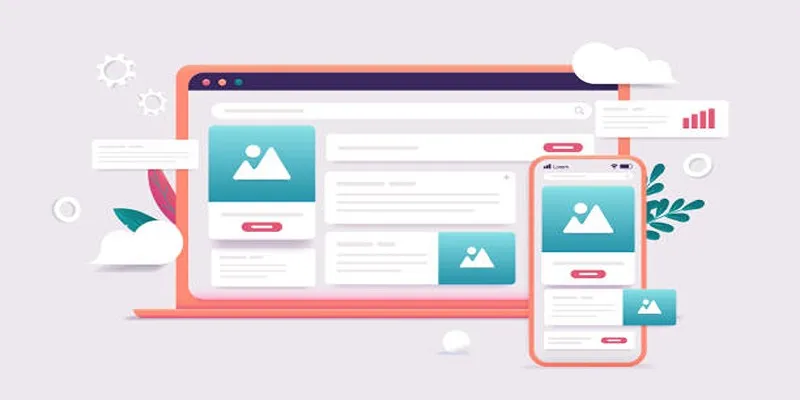
Discover the 9 Best Tools for Modern Web Design in 2025

Discover the Best Free and Paid 3D Video Makers for Windows
Popular Articles

How to Build a LinkedIn Marketing Strategy from Scratch: A Step-by-Step Guide

Speed Up Your Payments: Top Billing and Invoicing Android Apps

The 6 Best Airtable Alternatives in 2025 to Organize, Track, and Collaborate Better
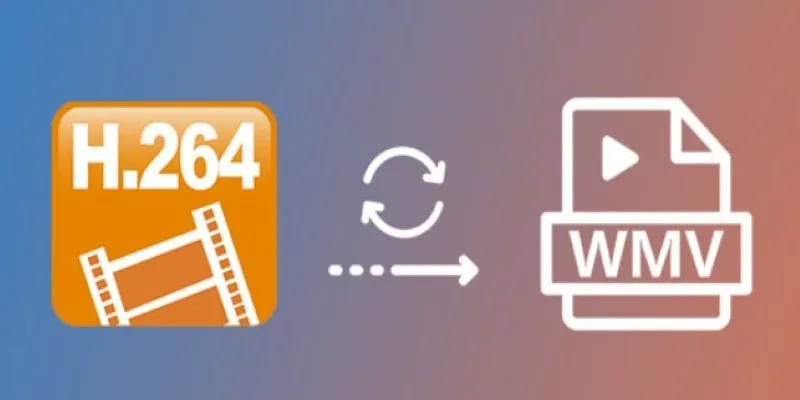
How to Convert H.264 to WMV on Windows/Mac with Original Quality

What is Marketing Resource Management (MRM): A Comprehensive Guide

How to Turn an Image into an STL for the Best Stereolithograph in 3D Printing
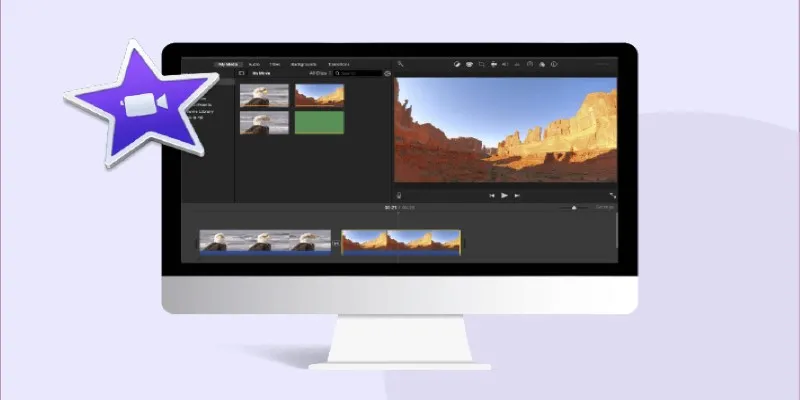
How to Loop a Video in iMovie for Free on Mac and iOS

What Are the Best Methods to Integrate Square into Your Business Apps?

Top Software to Convert Videos to DPG at High Quality Standards

Best Free Online Tools to Extract Audio from Any Video
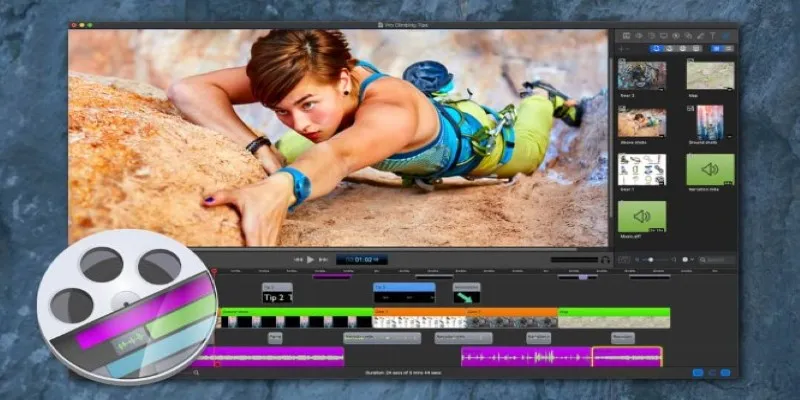
Free and Paid Screencast Software: 5 Solid Picks for Windows/Mac

 mww2
mww2